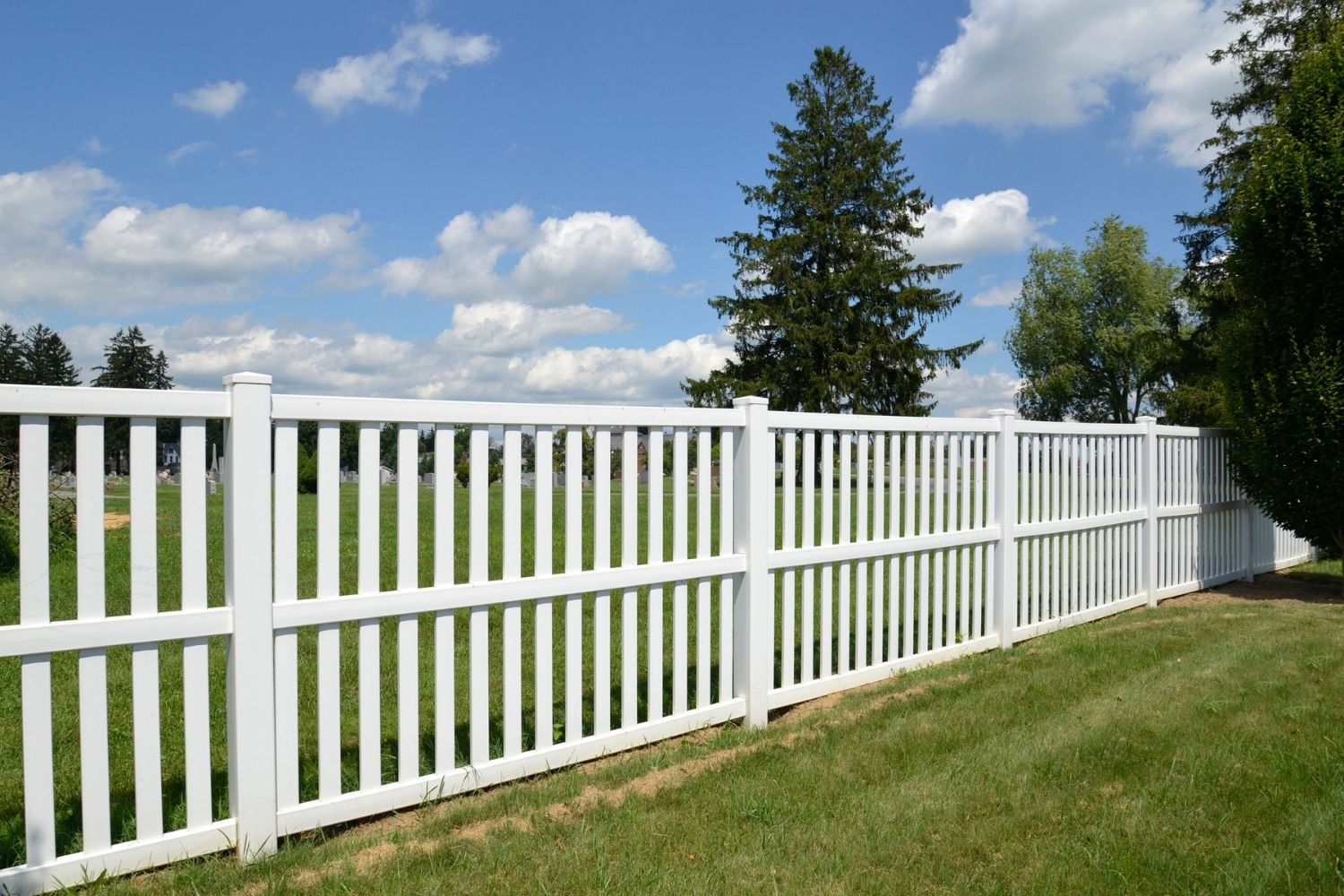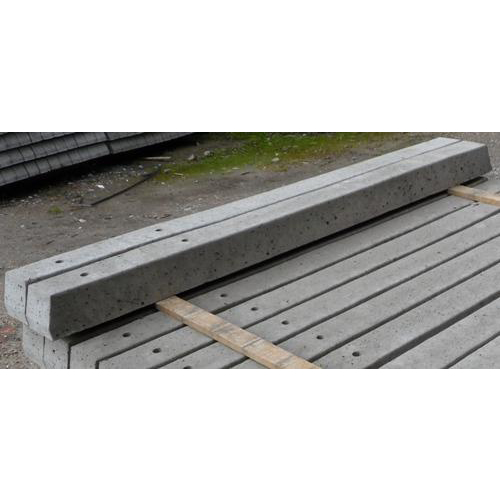
A fence can be a great way to protect your garden from pests. Groundhogs, rabbits, and other furry creatures could cause damage to your crops. These are some tips to help you create a fence against these pests. These tips can also help you prevent your plants from being destroyed by the animals. Different colors of slats can be used to enhance the appearance of your vegetable garden.
Insects can cause damage to your vegetables. Netting is a good option if you have an animal problem. While this fence may not be very appealing, it will keep animals small and out of your yard. The fence will not only keep animals away, but it will also make your yard look great. A few other options include using pallets as fencing. Once you have the pallets, you can build a gate that is made of them.

Online freebies are available if you cannot afford fences. For free materials, you can also check out newspaper advertisements. Another option is to create your own fence. You can purchase lattice panels and posts at a local building material store. These fences are inexpensive and can support climbing vegetables. You can also leave small holes in the fence for small garden pests to escape. A fence can also be made to protect your garden from deer.
A fence can be used as a feature walls. You can paint the fence a bold color and pattern to create a focal point. The picket style is another great choice because it keeps out animals and gives you a good view of your vegetable patch. Moreover, this type of fencing is a great choice if you want to section off a vegetable patch or enhance privacy. It is important to select a design which complements your home.
A fence can be installed to protect your veggies from predators. You have the option of a wooden or wrought iron fence. A wooden fence lasts longer and needs less maintenance. It will keep animals out. If you want to protect your vegetables from raccoons, consider a fence with a chicken wire mesh. If the animal tries climbing the fence, the loose wire will bend backwards.

Adding a fence is another good way to protect your vegetables from predators. A fence can protect your vegetables from pests such as rabbits and deer. Chicken wire or bamboo can also be used to protect your vegetable gardening. You can even install a barrier for animals by installing a mesh that is 3 feet high or higher. These materials will prevent most animals from accessing your plants.
FAQ
How to sell my house fast without having to pay realtor fees?
You should immediately start searching for buyers if you are looking to quickly sell your house. This means you need to be open to any offer the buyer makes. You will likely lose some buyers if you hold off too long.
How Much Does it Cost to Renovate a House?
The cost of renovations depends on what material is used, the size of project and how complicated the job is. Certain materials, such as wood, require special tools like drills and saws. Others like steel don't. The price of renovations will depend on whether you need your contractor to do everything or if the work is done by you.
The average cost of home improvement projects ranges from $1,000 to $10,000. The cost to hire professionals would be anywhere from $5,000 to $25,000. The total cost of hiring professionals could be anywhere from $5,000 to $25,000. If you choose to complete the task yourself, it could run up to $100,000.
You should know that there are many factors which determine the final cost of renovation. They include the type of material used (e.g. They include the type of material used (e.g., brick vs. concrete), the size and number of workers involved, as well as the length of each project. These factors must be taken into consideration when estimating the cost of renovation.
How many times should my furnace filter need to be changed?
The answer will depend on how often your family is going to use your heating system. If you plan to leave your house for long periods of time during cold weather months, you may consider changing your filter more frequently. You may be able wait longer between filters changes if you don't often leave the house.
A furnace filter typically lasts for three months. This means that your furnace filters should be changed every three to four months.
The manufacturer will also give you recommendations on when to change your filter. Some manufacturers recommend replacing your filter after each heating season, while others suggest waiting until there is visible dirt buildup.
Is it possible to live in a house that is being renovated?
Yes, I can live in my house while renovating it.
Is it possible to live in a house with renovations going on? The length of construction takes will determine the answer. If the renovation takes less than two months, then you can live in your house while it is being built. You can't live there if your renovation project takes more than two months.
It is important that you do not live in your home during major construction. You could also suffer from noise pollution and dust caused by the heavy machinery used on the job site.
This is particularly true if you live on a multi-story home. This is because the vibrations and sound created by construction workers could cause serious damage to your property.
As mentioned earlier, you will also have to deal with the inconvenience of living in a temporary shelter while your home is being renovated. You won't have all the amenities of your home.
You won't be allowed to use your dryer or washing machine while they are being repaired. It will be difficult to bear the smell of paint fumes as well the sounds that workers make.
All these factors can lead to stress and anxiety among you and your family members. It is therefore important to plan ahead so that you don't end up feeling overwhelmed by the situation.
Research is key when you are considering renovating your home. It will save you money and help you avoid costly mistakes.
Also, it is a good idea to get professional help from a reputable contractor in order for everything to go smoothly.
Statistics
- Most lenders will lend you up to 75% or 80% of the appraised value of your home, but some will go higher. (kiplinger.com)
- Design-builders may ask for a down payment of up to 25% or 33% of the job cost, says the NARI. (kiplinger.com)
- Rather, allot 10% to 15% for a contingency fund to pay for unexpected construction issues. (kiplinger.com)
- The average fixed rate for a home-equity loan was recently 5.27%, and the average variable rate for a HELOC was 5.49%, according to Bankrate.com. (kiplinger.com)
- According to the National Association of the Remodeling Industry's 2019 remodeling impact report , realtors estimate that homeowners can recover 59% of the cost of a complete kitchen renovation if they sell their home. (bhg.com)
External Links
How To
How do I plan a whole house remodel?
Research and careful planning are essential when planning a house remodel. There are many things you should consider before starting your project. First, you must decide what type of home improvement you want. There are many options available, including kitchen, bathroom and bedroom. Once you know which category you would like to work on, you'll need to figure out how much money you have available to spend on your project. If you have never worked on homes, it is best to budget at most $5,000 per room. If you have experience, you may be able to manage with less.
Once you have figured out how much money you can afford to spend, you'll have to determine how big of a job you want to tackle. If you have only enough money to remodel a small kitchen, you may not be able add new flooring, countertops, or paint the walls. If you have the money to do a complete kitchen remodel, you will be able to handle almost anything.
Next, you need to find a contractor who is experienced in the type project that you want. You will be able to get great results and avoid a lot more headaches down in the future. After you have selected a professional contractor, you can start to gather materials and supplies. You may need to purchase everything from scratch depending on the size and scope of your project. There are many stores that offer pre-made products so it shouldn't be difficult to find what you need.
Once you have all of the necessary supplies, you can start making plans. You will first need to sketch out an outline of the areas you plan to place appliances and furniture. Then you will design the layout. It is important to allow for electrical and plumbing outlets. Make sure to position the most visited areas close to the front door. Visitors can also easily access them. Finally, you'll finish your design by deciding on colors and finishes. In order to avoid spending too much money, stick to neutral tones and simple designs.
Now it's time for you to start building. Before you begin construction, it's important to check your local codes. Some cities require permits. Others allow homeowners to build without permits. First, remove all walls and floors. To protect your flooring, you will lay plywood sheets. Next, nail or screw pieces of wood together to form the frame that will house your cabinets. You will attach doors or windows to the frame.
When you're done, you'll still have a few finishing touches to do. Covering exposed pipes and wires is one example. You will need to use tape and plastic sheeting for this purpose. Also, you will need to hang mirrors or pictures. Make sure to keep your work area neat and tidy.
These steps will ensure that you have a beautiful and functional home, which will save you tons of money. Now that you know how to plan a whole house remodeling project, you can go ahead and get started!